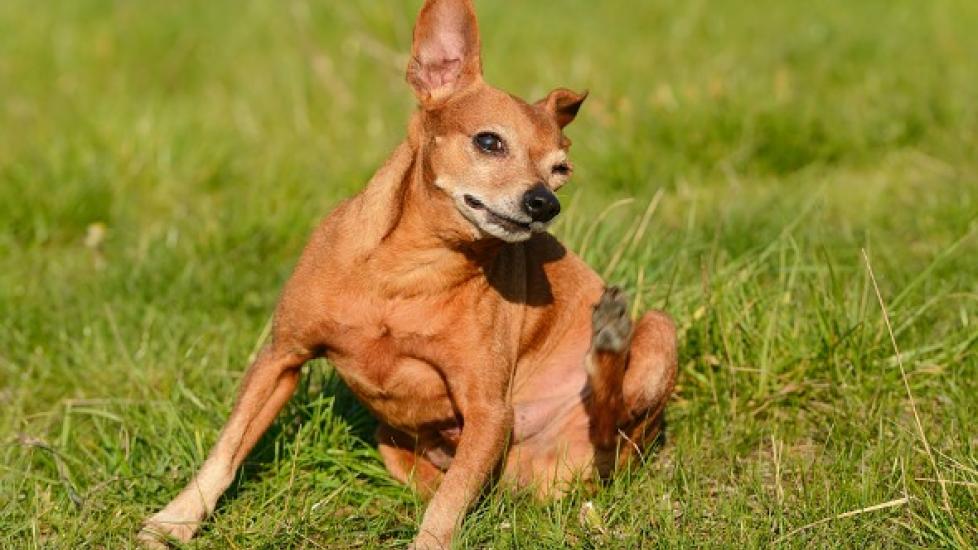Title: Unwanted Guests – Understanding and Addressing Lice Infestations in Canine Companions
Introduction:
In the cozy world of pets, lice infestation is a common yet often overlooked issue that can cause discomfort to our beloved dogs. These tiny parasites are not only bothersome but also pose health risks for both your furry friend and the family members around them. It’s crucial to understand these ectoparasites, their symptoms, prevention methods, and how to effectively treat an outbreak if it occurs. Let’s delve into the realm of dog lice and learn how to keep our four-legged friends safe from these unwanted guests.
Understanding Dog Lice:
Dog lice (Linognathus setosus) are wingless insects that live on the surface of a host’s skin, feeding on blood and oils. They have specialized mouthparts designed to pierce the skin and extract nutrients, which can lead to intense itching, hair loss, and even secondary infections. There are two main types of lice commonly found in dogs: chewing lice and sucking lice. Chewing lice primarily affect the animal’s coat, while sucking lice tend to reside closer to the skin.
Symptoms of Lice Infestation:
The most obvious sign of lice infestation is excessive scratching, especially when your dog spends more time biting or nibbling at certain areas of its body. You might notice patches of thinning hair, redness, or irritated skin. Your pet may experience restlessness, reduced appetite, or weight loss due to the stress caused by the constant itchiness. In severe cases, secondary bacterial infections can develop as a result of broken skin from scratching.
Prevention Measures:
Regular grooming is one of the best ways to prevent lice infestations. Brushing your dog’s coat regularly helps remove loose hair where lice could hide. Additionally, using flea combs can help identify any early signs of an infestation before they spread. Keeping your dog’s environment clean, such as vacuuming carpets and bedding frequently, will reduce the chances of lice finding a suitable habitat. Finally, regular veterinary check-ups and preventative treatments prescribed by professionals can provide additional protection against lice and other parasites.
Treatment Options:
If you suspect your dog has lice, it’s important to consult with your veterinarian immediately. They will likely recommend a topical treatment containing insecticides specifically formulated for use on animals. Some popular options include permethrin-based products, although these should be used cautiously and only under professional guidance. Oral medications may also be prescribed depending on the severity of the infestation. After starting treatment, continue to monitor your dog closely for improvement and complete resolution of symptoms.
Conclusion:
Dealing with lice infestations in dogs requires diligence and patience. By understanding these pests, implementing preventive measures, and seeking prompt medical attention when needed, we can ensure our canine companions remain healthy and free from these irritating intruders. Remember, every pet deserves a comfortable life without the annoyance of lice, so stay vigilant and proactive about maintaining a louse-free home environment!
